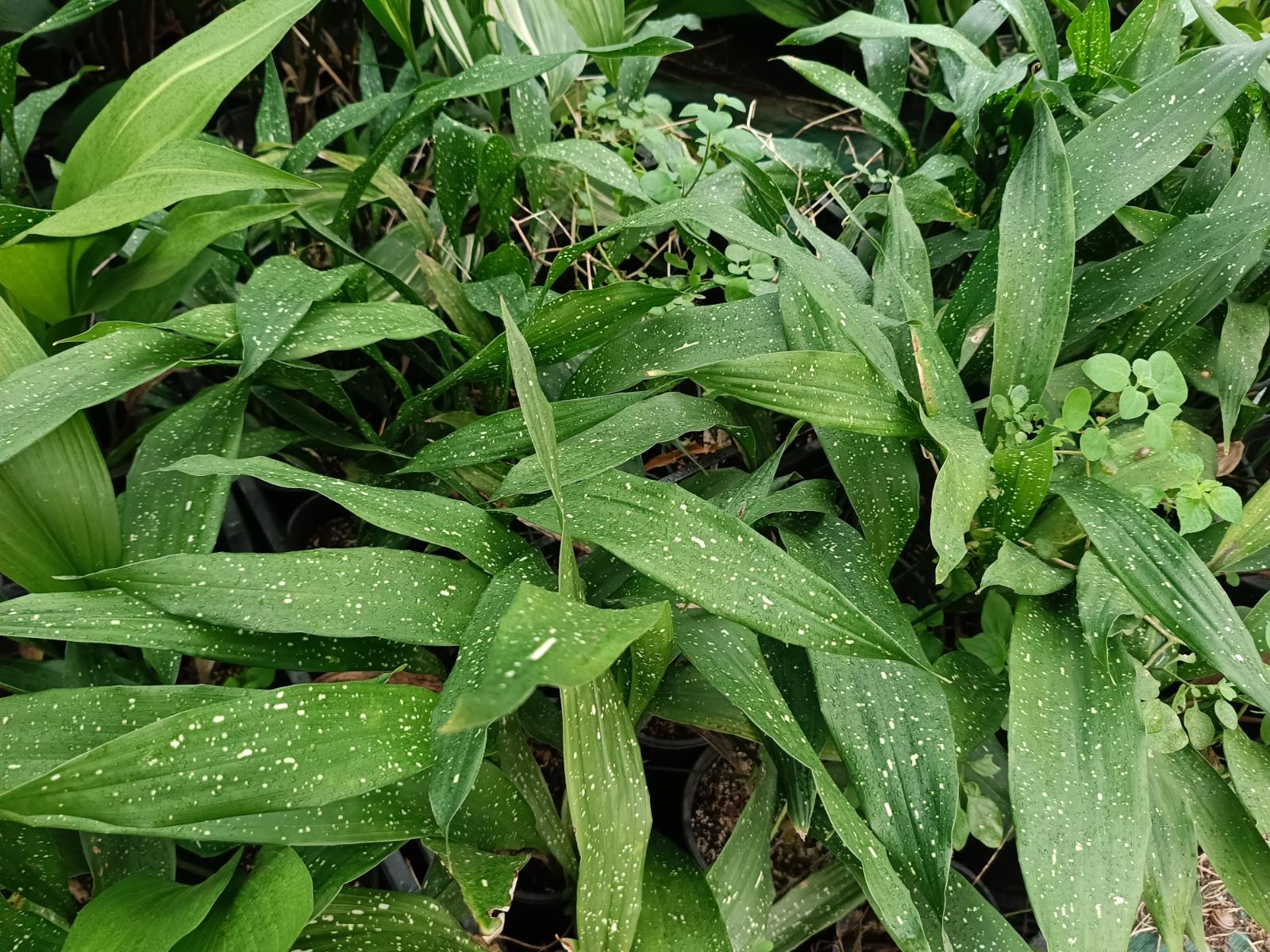.jpg)
Aspidistra, commonly known as the Cast Iron Plant, is a favorite among plant enthusiasts due to its resilience and low-maintenance care requirements. Native to East Asia, this hardy plant can thrive in conditions where many others struggle, making it an excellent choice for both beginners and seasoned gardeners. In this article, we’ll explore everything you need to know to successfully grow and care for Aspidistra.
Why Choose Aspidistra?
Aspidistra is well-known for its ability to withstand neglect, low light, and fluctuating temperatures. This makes it an ideal plant for homes, offices, and shaded garden areas. Key benefits include:
- Tolerates low light conditions
- Requires minimal watering
- Resistant to pests and diseases
- Can survive temperature fluctuations
- Long-lived and slow-growing
.jpg)
.jpg)
Ideal Growing Conditions for Aspidistra
While Aspidistra is known for its adaptability, providing the right conditions will ensure it thrives.
- Light Requirements
Aspidistra prefers low to medium indirect light. It can tolerate deep shade, making it an excellent choice for dimly lit rooms or shaded outdoor spaces. However, avoid direct sunlight, as it can scorch the leaves.
- Temperature & Humidity
This plant does well in typical indoor temperatures ranging from 10–29°C. It can survive short periods of colder weather, even down to -15°C or slightly lower, but should be protected from prolonged frost. Aspidistra does not require high humidity, making it well-suited for most indoor environments.
- Soil Preferences
A well-draining potting mix is essential for Aspidistra. A mix containing peat, perlite, and compost works well. If planting outdoors, choose soil with good drainage to prevent root rot.
- Watering Needs
Aspidistra prefers to dry out slightly between waterings. Water deeply but infrequently—typically once every 10–14 days indoors, or when the top inch of soil feels dry. Avoid overwatering, as this can lead to root rot.
- Fertilizing Schedule
Fertilize sparingly. Use a balanced liquid fertilizer diluted to half strength every 4–6 weeks during the growing season (spring and summer). Reduce feeding in the fall and winter.

.jpg)
.jpg)
.jpg)
Planting and Repotting
Aspidistra is a slow grower and does not require frequent repotting. Repot only when the plant outgrows its container, typically every 3–4 years. Choose a pot that is slightly larger than the current one and refresh the soil to provide nutrients.
Common Issues & Troubleshooting
Although Aspidistra is tough, it can experience some issues if not cared for properly.
- Yellow Leaves – Usually a sign of overwatering. Allow the soil to dry out more between waterings.
- Brown Leaf Tips – Can be caused by low humidity, excessive fertilizer, or underwatering.
- Pests – While rare, spider mites or scale insects may occasionally appear. Wipe the leaves with a damp cloth or use insecticidal soap if needed.
Propagation Tips
Aspidistra can be propagated through division. The best time to divide is during repotting:
- Gently remove the plant from its pot.
- Use a sharp, clean knife to divide the rhizomes, ensuring each section has at least a few leaves.
- Replant in fresh soil and water lightly.
- Keep the new plants in a shaded area while they establish roots.
Conclusion
Aspidistra is the perfect plant for those looking for an elegant yet low-maintenance addition to their indoor or outdoor space. With minimal care and attention, it can provide lush greenery for years to come. Whether you’re a seasoned plant lover or a beginner, the Cast Iron Plant is a reliable and rewarding choice. Happy growing!



